Black hole swallowing a star
Black hole swallowing a star
In the center of a galaxy in the constellation Draco, the mater of a star, accelerated by the gravitational field of a black hole, has produced powerful electromagnetic emissions in the range of X-ray.
These X-rays were captured by the Swift satellite.
The black hole of about 3 million times the sun's mass is two times more massive than our Galaxy.
The heart of the star, located 2.7 billion light years, gradually disintegrates and its mater, mainly helium, is pulled by the gravitational pull of the gigantic black hole. The hydrogen envelope which was its atmosphere has certainly been torn during a previous pass near the black hole. Black holes are massive objects whose gravitational field is so intense that it prevents any form of matter or radiation from escaping.
Black holes are described by the theory of general relativity.
When the heart of the dead star is too massive to become a neutron star, it shrinks inexorably to form this mysterious astronomical object, which is the black hole. The stellar black holes have a mass of few solar masses to billions of solar masses.
They arise as a result of the gravitational collapse of massive stars residue.
A man already predicted in the 18th century, the existence of dark stars, physicist, astronomer and British geologist John Michell (1724-1793). In his notes he writes that when a star becomes too massive, it attracts the light under the influence of its gravitational force. But as his calculations give a density of the star corresponding to 18 billion tons in cm3, he concluded that this can not exist.
Today, the theory of black holes, states that it is are so dense that their escape velocity exceeds the speed of light. The light can not overcome the gravitational force and surface gets trapped. The theory also defines accurately the intensity of the gravitational field of a black hole. She is such that no particles crossing the horizon, boundary theory, can not escape.
Image: This artist’s rendering illustrates new findings about a star shredded by a black hole. When a star wanders too close to a black hole, intense tidal forces rip the star apart. In these events, called “tidal disruptions,” some of the stellar debris is flung outward at high speed while the rest falls toward the black hole. This causes a distinct X-ray flare that can last for a few years. NASA’s Chandra X-ray Observatory, Swift Gamma-ray Burst Explorer, and ESA/NASA’s XMM-Newton collected different pieces of this astronomical puzzle in a tidal disruption event called ASASSN-14li, which was found in an optical search by the All-Sky Automated Survey for Supernovae (ASAS-SN) in November 2014. The event occurred near a supermassive black hole estimated to weigh a few million times the mass of the sun in the center of PGC 043234, a galaxy that lies about 290 million light-years away. Astronomers hope to find more events like ASASSN-14li to test theoretical models about how black holes affect their environments.
Sagittarius A, our black hole
The Milky Way is the central region of our Galaxy.
On the infrared image above we see against the exact center of our Galaxy, known as the Central Molecular Zone and purple, the galactic center radio arc.
A number of emission nebulae are visible from the young massive stars that illuminate them from within. Like almost all galaxies, it houses in its center a black hole. This black hole of several million solar masses, is called Sagittarius A. Our Sun is too far from the galactic center to be swallowed, many other stars, objects or dust cloud will be before us.
Image: In this picture we see the exact center of our galaxy, known as the Central Molecular Zone and purple, the galactic center radio arc. Besides its scientific interest, this image won first prize in the photographic AUI / NRAO in 2008. Credit: A. Ginsburg (U. Colorado - Boulder), et al., SPMO team, team GLIMPSE II.
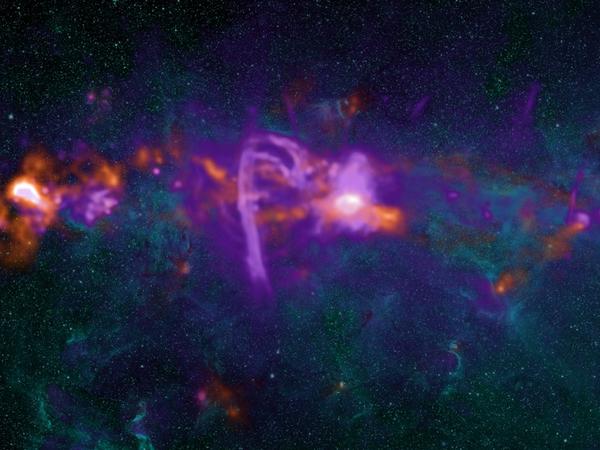
Articles on the same theme
"The data available on this site may be used provided that the source is duly acknowledged."
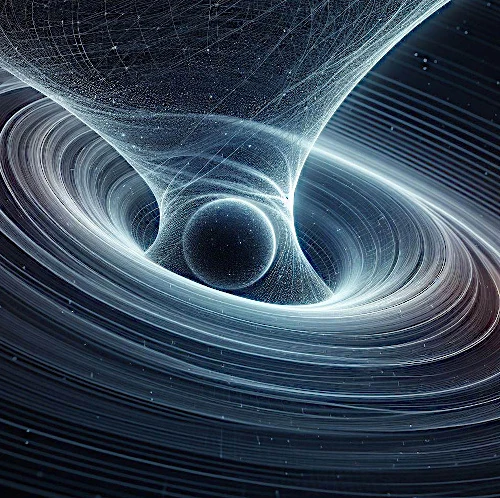 The curvature of time, a non-intuitive concept!
The curvature of time, a non-intuitive concept!
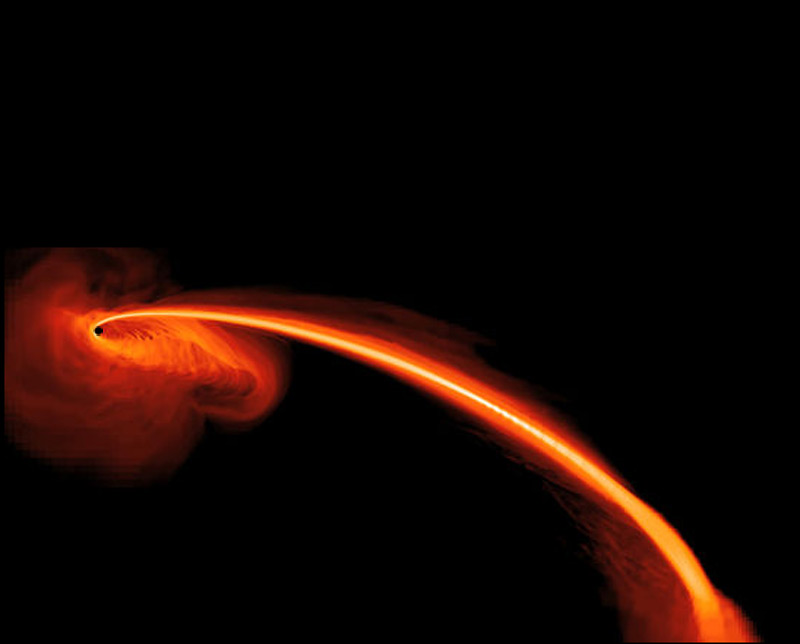 Escape or escape speed
Escape or escape speed
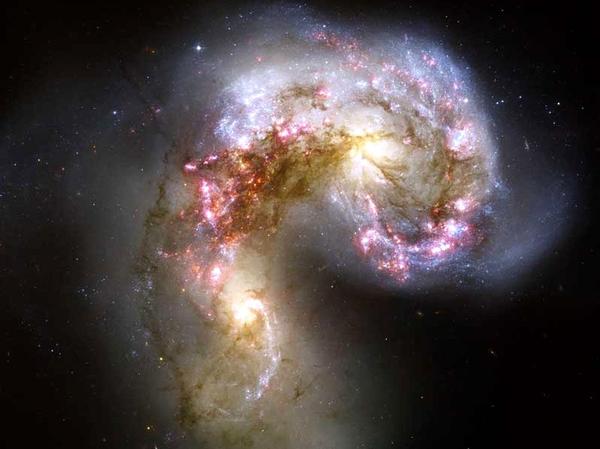 Fusion of galaxies and black holes
Fusion of galaxies and black holes
 Quasars or nuclei of galaxies
Quasars or nuclei of galaxies
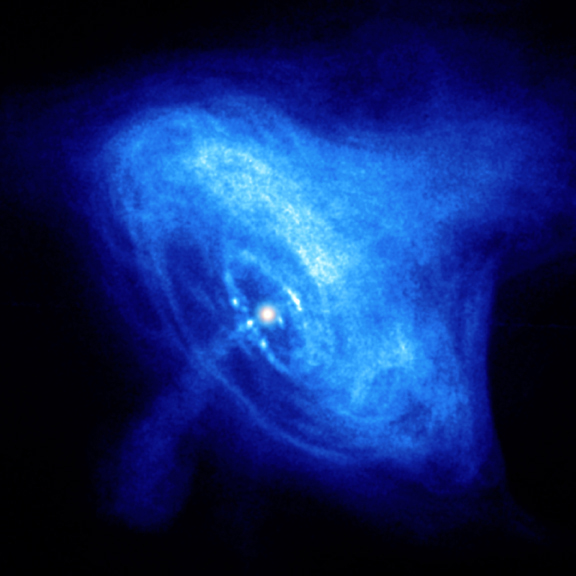 Neutron stars and pulsars
Neutron stars and pulsars
 Black hole, massive star residue
Black hole, massive star residue
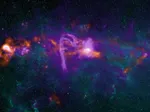 Sagittarius A: Cosmic Monster Lurking at the Center of Our Galaxy
Sagittarius A: Cosmic Monster Lurking at the Center of Our Galaxy
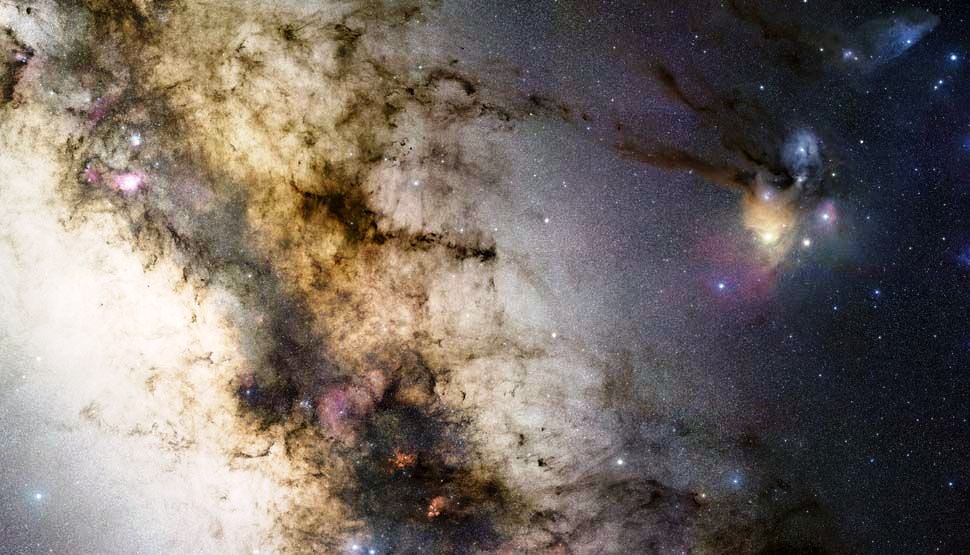 Journey to the center of our galaxy
Journey to the center of our galaxy
 In search of black holes
In search of black holes
 A black hole swallowing a star
A black hole swallowing a star
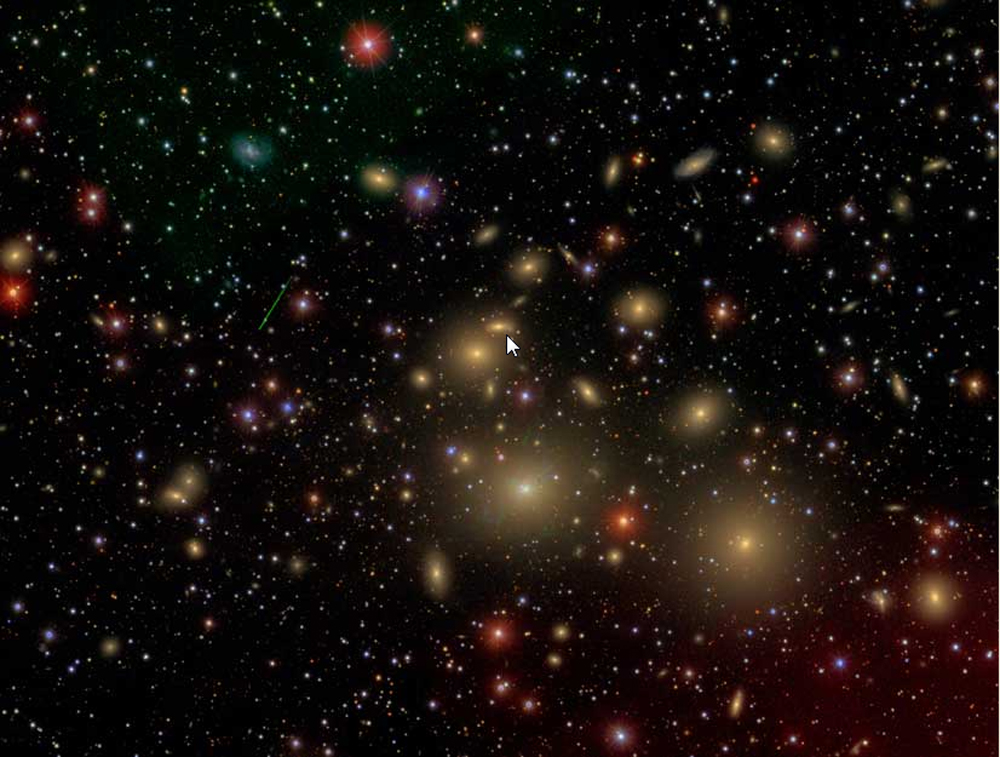 The Monster of NGC 1277: A Black Hole That Defies Theories
The Monster of NGC 1277: A Black Hole That Defies Theories
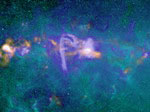 Central area of the Milky Way
Central area of the Milky Way
 The first image of a black hole
The first image of a black hole